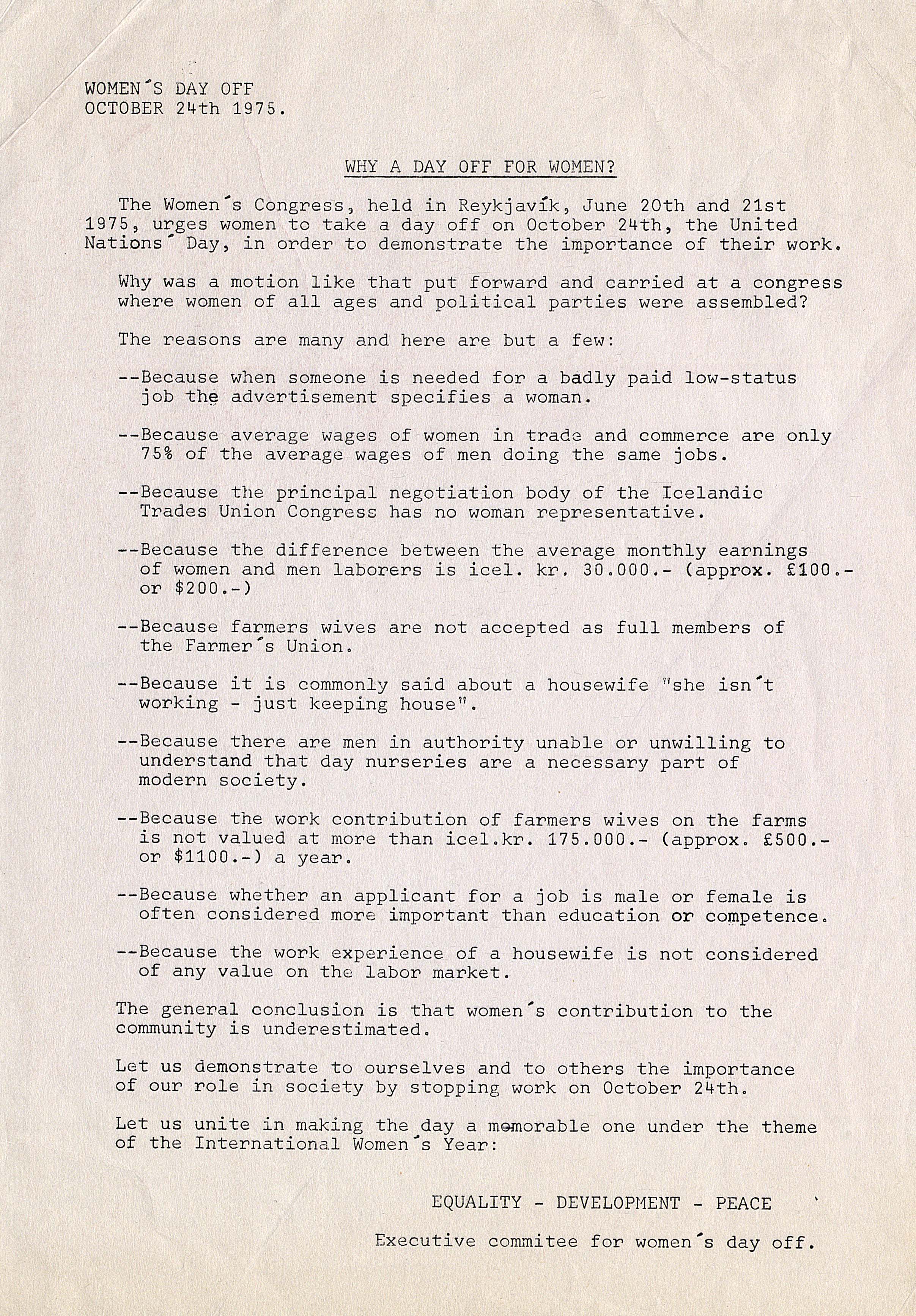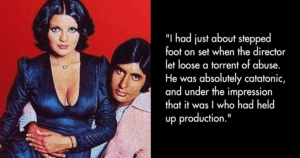On October 24th, 1975, the women of Iceland gathered in throngs to protest against gender inequality. From not going to work, to not doing household work, hundreds of women left to fight for their place in the world. This day became known as Women’s Day Off or Kvennafrídagurinn.

Not only was this a huge event, but the fact that it was taken seriously by men of Iceland also made the impact that much bigger. Reportedly, men were seen taking their children to work, along with their kids’ colour pencils and food snacks. And the strike led to many significant changes, one of which being the world’s first female president being elected.
In present day, even though Iceland is at the helm of gender equality internationally, there are certain professions where women earn 21% less than men, and the fact that more than 40% Icelandic women face gender-based or sexual violence issues proves that there is still a long way to go.

The country has been organising ‘Women’s Day Off’ strikes for decades. And such is the case this year as well. This year, on the 24th of October, Iceland’s women and non-binary people showed up for a 24-hour strike. The libraries and schools remained closed, and hospitals announced that they’d only be accepting emergency cases.
Freyja Steingrímsdóttir, one of the organisers of the strike said that since Iceland has been leading gender equality globally, it’s its responsibility to live up to the reputation. Which is why the country continues to protest and fight for the cause.

How inspirational is this? Many times we’re told that women are living the dream (in terms of equality) presently, but that doesn’t change the fact that we still have a long way to go. Does it?

















